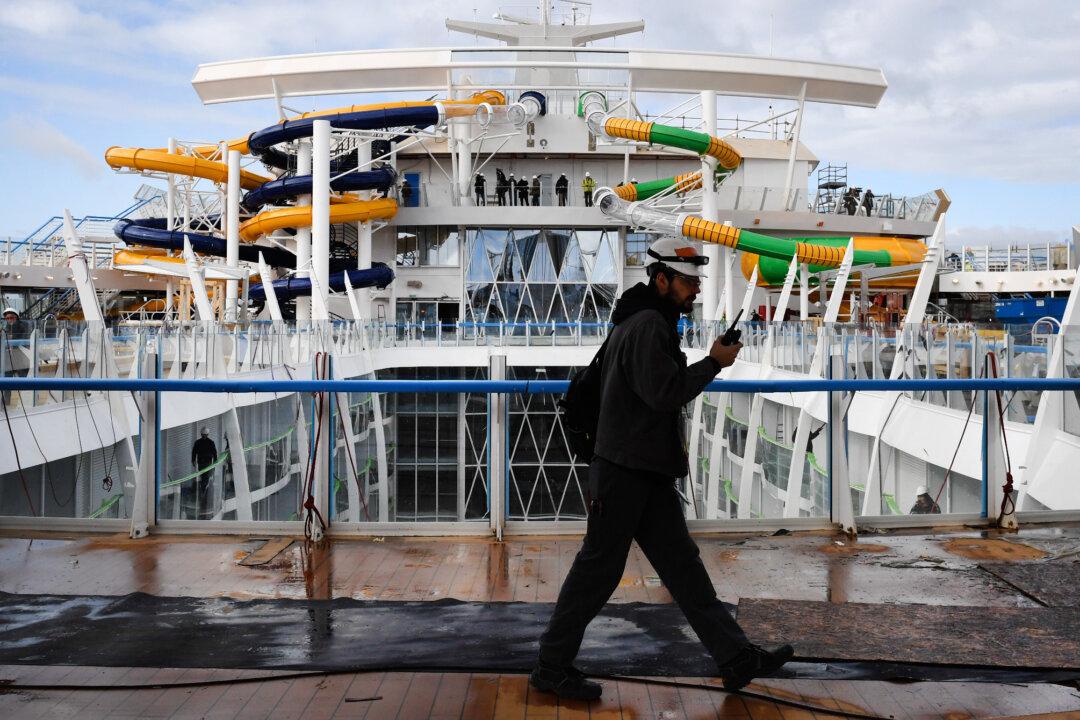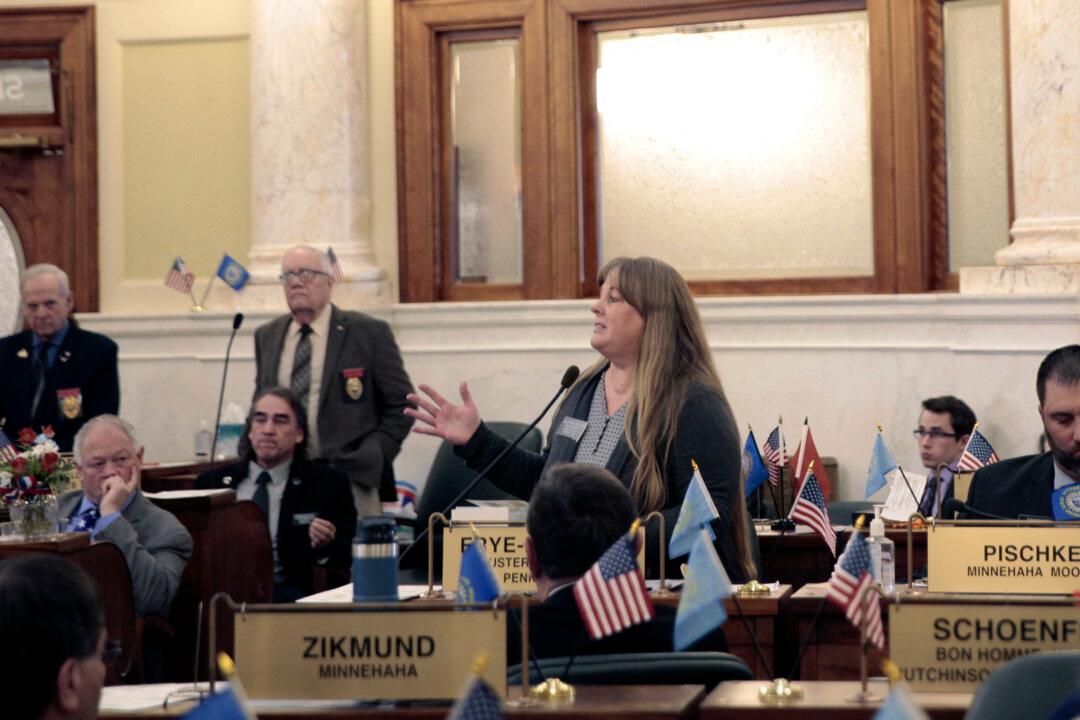SpaceX is working to connect the ships of Royal Caribbean Group, the world’s second-largest cruise line operator, to its satellite Internet network, a recent filing shows.
Elon Musk’s space company requested—but has not yet been approved—to operate its satellite broadband service Starlink on moving vehicles, including trucks, aircraft, and vessels. Started in 2015, the Starlink project is designed to deliver high-speed Internet to users anywhere on the planet and has launched thousands of satellites, known as a constellation in the space industry, since 2018.




